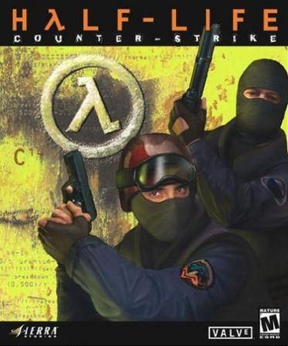
Counter-Strike is a tactical first-person shooter game developed by Valve. It was initially developed and released as a Half-Life modification by Minh "Gooseman" Le and Jess Cliffe in 1999, before Le and Cliffe were hired and the game's intellectual property acquired. Counter-Strike was released by Valve for Microsoft Windows in November 2000, and is the first installment in the Counter-Strike series. Several remakes and ports were released on Xbox, as well as OS X and Linux.

Team Fortress Classic is a first-person shooter game developed by Valve and published by Sierra Studios. It was originally released in April 1999 for Windows, and is based on Team Fortress, a mod for the 1996 game Quake. The game puts two teams against each other in online multiplayer matches; each member plays as one of nine classes, each with different skills. The scenarios include capture the flag, territorial control, and escorting a "VIP" player.
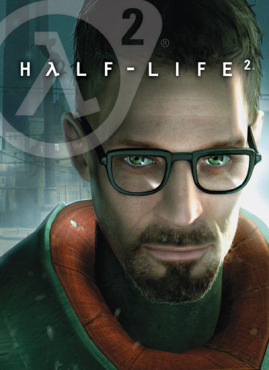
Half-Life 2 is a 2004 first-person shooter (FPS) game developed and published by Valve Corporation. It was published for Windows on Valve's digital distribution service, Steam. Like the original Half-Life (1998), Half-Life 2 combines shooting, puzzles, and storytelling, and adds new features such as vehicles and physics-based gameplay. The player controls Gordon Freeman, who joins a resistance to liberate Earth from the Combine, an interplanetary alien empire.

Impossible Creatures is a 2003 steampunk real-time strategy game developed by Relic Entertainment and published by Microsoft Game Studios. Its unique feature is that the armies used in gameplay are all created by the player, and involve combining two animals to make a new super creature with various abilities. The concept was inspired by H. G. Wells' novel The Island of DoctorMoreau. The player-created armies are capped at 9 creatures; each one is a combination of any two animals from a list of 76. Many animals possess inherent abilities to add more strategic depth to the game. There is an extensive single-player campaign as well as online multiplayer functionality with different game modes, add-ons, custom maps, mods, and scenarios.
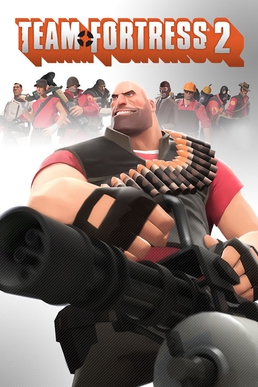
Team Fortress 2 (TF2) is a 2007 multiplayer first-person shooter game developed and published by Valve Corporation. It is the sequel to the 1996 Team Fortress mod for Quake and its 1999 remake, Team Fortress Classic. The game was released in October 2007 as part of The Orange Box for Windows and the Xbox 360, and ported to the PlayStation 3 in December 2007. It was released as a standalone game for Windows in April 2008, and updated to support Mac OS X in June 2010 and Linux in February 2013. It is distributed online through Valve's digital retailer Steam, with Electronic Arts managing retail and console editions.
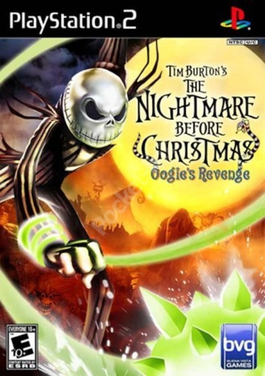
The Nightmare Before Christmas: Oogie's Revenge is a 2004 action-adventure video game developed by Tose for the PlayStation 2 and Xbox. The game was published by Capcom in Japan and Europe, and by Buena Vista Games in North America. Based on the 1993 film The Nightmare Before Christmas and set one year after the film, the game follows Jack Skellington as he attempts to defeat a resurrected Oogie Boogie and reclaim Halloween Town from him.
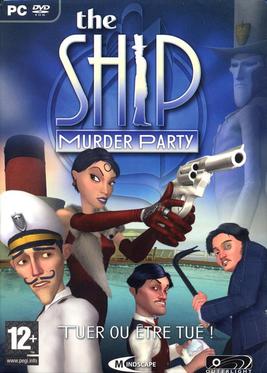
The Ship is a first-person shooter video game developed by Outerlight using Valve's Source engine. The game was released on 11 July 2006, on Steam with retail distribution in Europe and Australia in September, and 10 April 2007, for North America. A playable concept for The Ship was released as a modification for the game Half-Life in 2004.
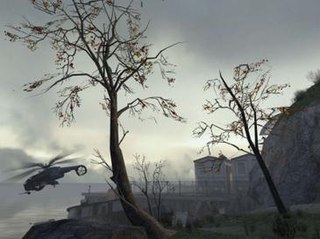
Minerva is an episodic series of single-player modifications ("mods") for Valve's Half-Life 2. The mod was created by Adam Foster. The plot and settings of Minerva are linked to Someplace Else, Foster's original map for Half-Life, and to Half-Life 2. The mod was released on Steam on April 30, 2013.

Garry's Mod is a 2006 sandbox game developed by Facepunch Studios and published by Valve. The base game mode of Garry's Mod has no set objectives and provides the player with a world in which to freely manipulate objects. Other game modes, notably Trouble in Terrorist Town and Prop Hunt, are created by other developers as mods and are installed separately, by means such as the Steam Workshop. Garry's Mod was created by Garry Newman as a mod for Valve's Source game engine and released in December 2004, before being expanded into a standalone release that was published by Valve in November 2006. Ports of the original Windows version for Mac OS X and Linux followed in September 2010 and June 2013, respectively. As of September 2021, Garry's Mod has sold more than 20 million copies. A successor, Sandbox, has been in development since 2015.
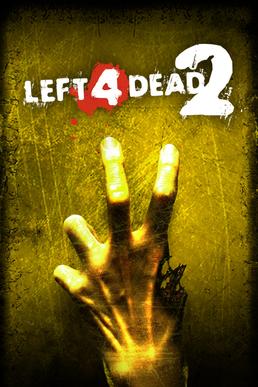
Left 4 Dead 2 is a 2009 first-person shooter game developed and published by Valve. The sequel to Left 4 Dead (2008) and the second game in the Left 4 Dead series, it was released for Microsoft Windows and Xbox 360 in November 2009, Mac OS X in October 2010, and Linux in July 2013.

Black Mesa is a 2020 first-person shooter game developed and published by Crowbar Collective. It is a third-party remake of Half-Life (1998) made in the Source game engine. Originally published as a free mod in September 2012, Black Mesa was approved for commercial release by Valve, the developers of Half-Life. The first commercial version was published as an early-access release in May 2015, followed by a full release in March 2020 for Linux and Windows.

Dino D-Day is a multiplayer team-based first-person shooter video game developed and published by American studios 800 North and Digital Ranch. It was released for Microsoft Windows on April 8, 2011.

Spiral Knights is a massively multiplayer online game created by Three Rings Design and now owned by Grey Havens. The free-to-play, Java-based game was released in 2011 and is still updated occasionally with re-occurring events, but has not received significant content additions since 2019.
Portal is a series of first-person puzzle-platform video games developed by Valve. Set in the Half-Life universe, the two main games in the series, Portal (2007) and Portal 2 (2011), center on a woman, Chell, forced to undergo a series of tests within the Aperture Science Enrichment Center by a malicious artificial intelligence, GLaDOS, that controls the facility. Most of the tests involve using the "Aperture Science Handheld Portal Device" – nicknamed the portal gun – that creates a human-sized wormhole-like connection between two flat surfaces. The player-character or objects in the game world may move through portals while conserving their momentum. This allows complex "flinging" maneuvers to be used to cross wide gaps or perform other feats to reach the exit for each test chamber. A number of other mechanics, such as lasers, light bridges, high energy pellets, buttons, cubes, tractor funnels and turrets, exist to aid or hinder the player's goal to reach the exit.

Aperture Tag: The Paint Gun Testing Initiative is a 2014 puzzle-platform game developed by the Aperture Tag Team. Originally made as a mod of Valve's Portal series, it was released on July 15, 2014. The game removes the iconic portal gun of the series and instead utilizes a newly created paint gun that fires two kinds of gel with different properties. The game features new characters and voice acting, along with a co-op mode that includes a level editor.

Bendy and the Ink Machine is an episodic first-person survival horror video game developed and published by Joey Drew Studios Inc. under the name of the game's in-universe animation studio Joey Drew Studios Inc. It was initially released to Game Jolt on February 10, 2017, as the first of five chapters, with a full worldwide release on October 27, 2018. The game was also released for PlayStation 4, Xbox One, and Nintendo Switch on November 20, 2018, being published by Rooster Teeth Games, and for IOS and Android on December 21, 2018.

Half-Life: Alyx is a 2020 virtual reality (VR) first-person shooter game developed and published by Valve. It was released for Windows and Linux, with support for most PC-compatible VR headsets. Set five years before Half-Life 2 (2004), players control Alyx Vance on a mission to seize a superweapon belonging to the alien Combine. Like previous Half-Life games, Alyx incorporates combat, puzzles and exploration. Players use VR to interact with the environment and fight enemies, using "gravity gloves" to snatch objects from a distance, similarly to the gravity gun from Half-Life 2.

Faith is a survival horror video game developed by Airdorf Games for Windows. The game consists of three chapters; the first two were self-published by Airdorf Games in October 2017 and February 2019 respectively, while the third was published by New Blood Interactive in October 2022 as part of Faith: The Unholy Trinity, a compilation of all three chapters with additional features. The game uses retro graphics similar to the graphics of an Apple II or Atari 2600.

















